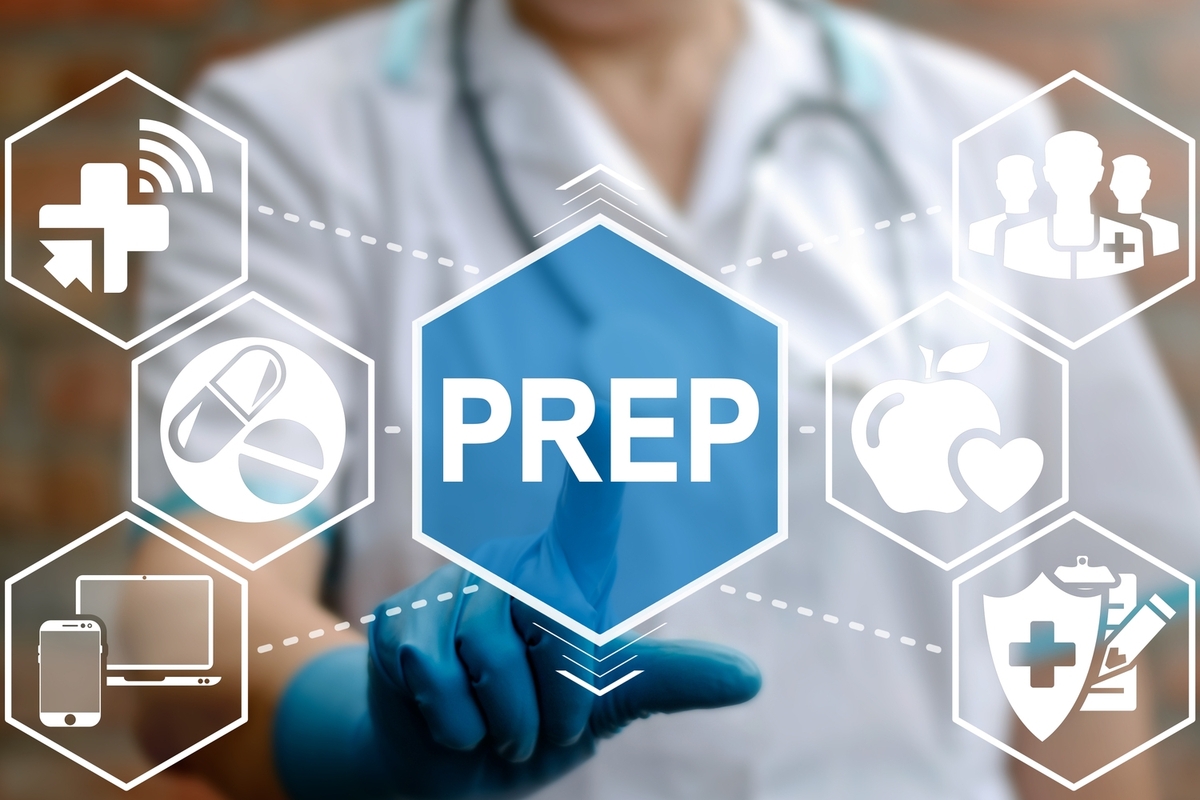Understanding the Cost of PrEP With Insurance: What You Need to Know
Pre-exposure prophylaxis (PrEP) is a crucial HIV prevention method, helping to reduce the risk of HIV transmission in individuals at higher risk. As the demand for PrEP has increased, many people wonder how much it costs, especially when they have insurance. This article will explore the various factors that influence PrEP pricing with insurance and how coverage can affect your out-of-pocket expenses.
What is PrEP?
PrEP is a medication regimen taken by HIV-negative individuals to prevent contracting the virus. There are currently two FDA-approved PrEP medications that are highly effective when taken as prescribed, reducing the risk of HIV infection by up to 99%.

Factors That Affect PrEP Costs With Insurance
When considering the cost of PrEP, there are multiple factors to account for, even with insurance coverage. The total cost typically includes doctor visits, lab tests, and the medication itself. Let’s break down these factors:
1. Insurance Type and Coverage
The primary determinant of how much you pay for PrEP is your insurance plan. Most private insurance companies cover PrEP, but the specifics—such as co-pays, deductibles, and out-of-pocket maximums—can vary widely.
- Private Insurance : Most private insurance plans cover PrEP, but you may still have to pay a portion of the cost in the form of co-pays or co-insurance.
2. Co-pays and Deductibles
Co-pays are fixed amounts you pay for a service or medication, and deductibles are the amounts you must pay before insurance starts covering costs. Even with insurance, your deductible must often be met before full coverage kicks in.
- Average Co-pays : Depending on your insurance, you might pay between $0 and $50 for a doctor visit or lab work. For PrEP medication, co-pays can range from $0 to $150 per month.
- Deductibles : If your insurance requires you to meet a deductible, you could be responsible for paying hundreds or even thousands of dollars upfront before your insurance begins to cover PrEP.
3. Generic vs. Brand-Name PrEP
Generic medications are typically much cheaper than brand-name drugs, and the cost of generic PrEP can be fully covered by insurance in many cases.
- Generic PrEP Medication : The introduction of Generic PrEP Medication has brought down the monthly cost for uninsured individuals to around $60–$80. With insurance, Generic PrEP Medication is often covered fully or with a small co-pay.
- Brand-Name Medications : Brand-name PrEP medications are more expensive, often costing up to $2,000 per month without insurance. However, most insurance plans cover a large portion of this cost.
4. Assistance Programs and Coupons
If your insurance does not fully cover the cost of PrEP, or if your co-pays are high, several assistance programs can help:
- Gilead Advancing Access Program : Gilead offers a co-pay coupon program that can reduce your monthly out-of-pocket costs to $0.
- Patient Assistance Programs (PAPs) : Various nonprofit organizations provide assistance to people who cannot afford PrEP. These programs often cover the full cost of the medication and related medical services.
5. Lab Tests and Doctor Visits
PrEP requires routine monitoring, which includes blood tests and regular visits to your healthcare provider. Insurance may cover these tests, but your out-of-pocket costs depend on your plan.
- Lab Costs : Blood tests are required before starting PrEP and every three months thereafter. Without insurance, these tests can cost around $500 annually. However, many insurance plans cover the full cost of these tests.
- Doctor Visit Costs : Regular doctor visits are necessary to continue receiving PrEP prescriptions. Visits can range from $50 to $150 depending on your insurance coverage.
Table: Cost Breakdown of PrEP With Insurance
| Expense Category | Estimated Cost Without Insurance | Estimated Cost With Insurance |
|---|---|---|
| PrEP Medication | $1,500–$2,000/month (brand-name) | $0–$150/month (with co-pay) |
| Generic PrEP Medication | $60–$80/month | $0–$30/month (with co-pay) |
| Doctor Visits | $50–$150/visit | $0–$50/visit |
| Lab Tests | $500/year | $0–$150/year (with co-pay) |
| Deductible | N/A | $0–$1,500/year (depending on plan) |
Maximizing Your PrEP Coverage
If you want to minimize your costs for PrEP, there are a few steps you can take:
- Check Your Insurance Plan : Make sure to carefully review your insurance plan’s coverage of PrEP, including deductibles and co-pays.
- Use Assistance Programs : Take advantage of co-pay cards or patient assistance programs like the Gilead Advancing Access Program.
- Choose Generic : Opt for the generic version of PrEP, which is significantly less expensive and often fully covered by insurance.
- Speak With Your Provider : Your healthcare provider can help you navigate insurance benefits and assist with accessing assistance programs if needed.
The cost of PrEP with insurance varies depending on your coverage, but most people can access this essential medication for little to no cost. Insurance plays a critical role in reducing the price of both brand-name and generic PrEP, and various assistance programs can help further reduce out-of-pocket expenses. By understanding your insurance benefits and exploring available resources, you can ensure that PrEP remains an affordable option for HIV prevention.
References:
- CDC on PrEP
- Gilead Advancing Access Program
- Healthline: PrEP Costs
This article provides a detailed overview of the costs associated with PrEP when using insurance and offers practical advice for minimizing out-of-pocket expenses. With careful planning and assistance, PrEP can be an affordable tool for preventing HIV.

